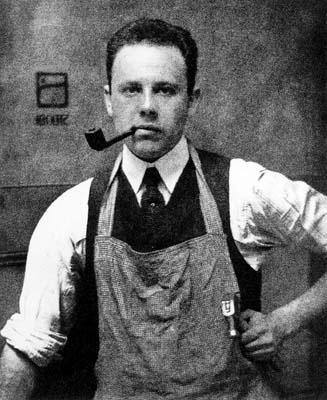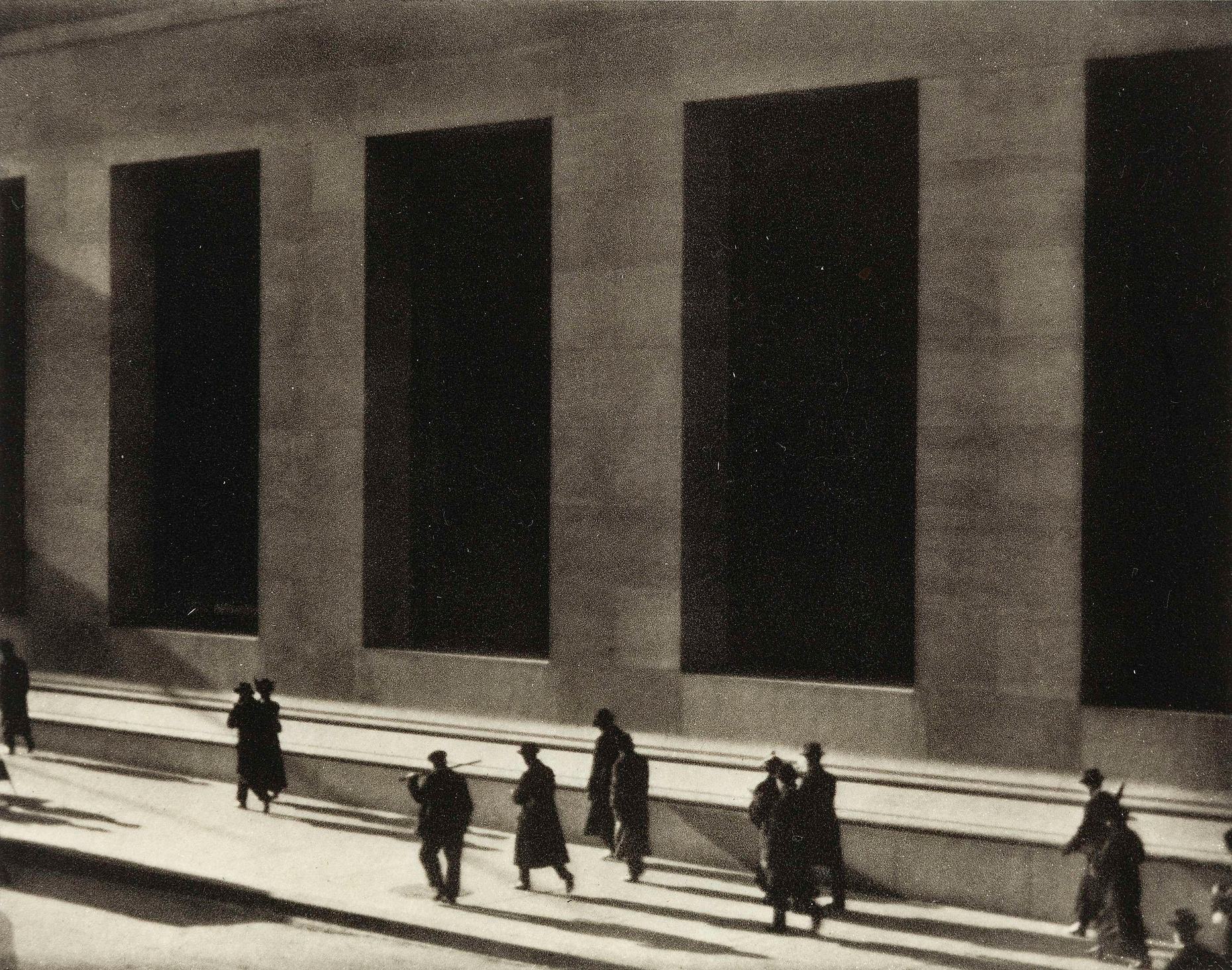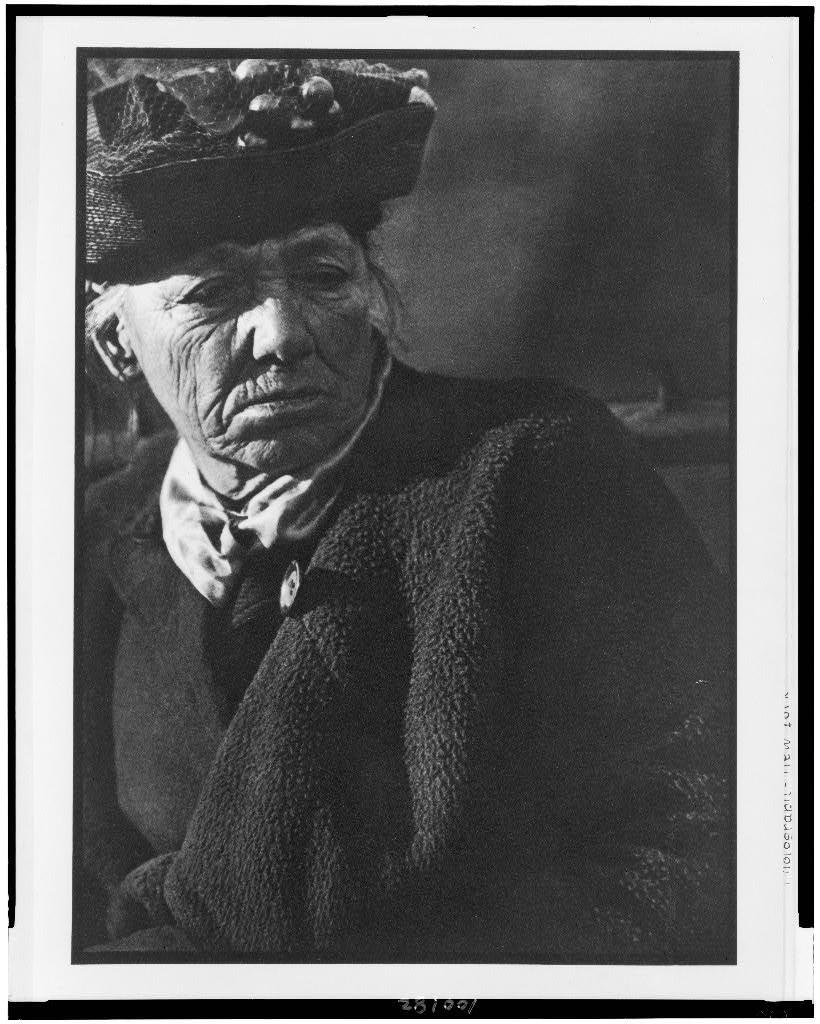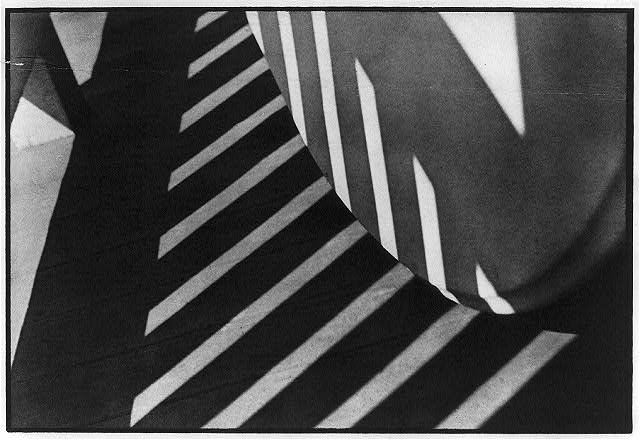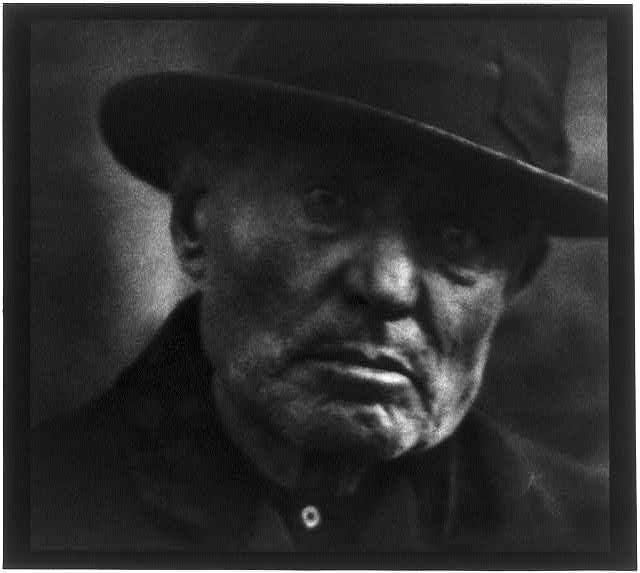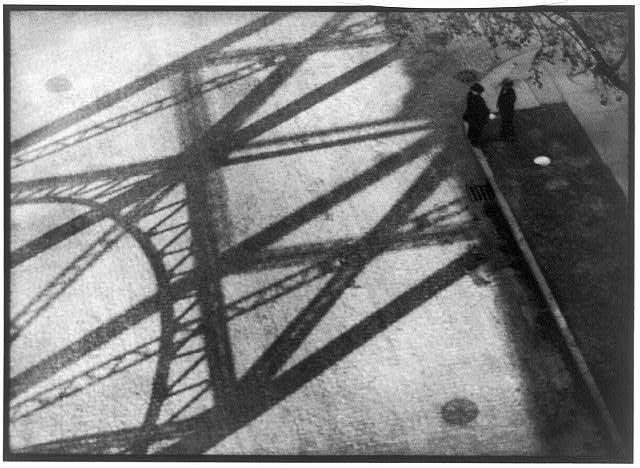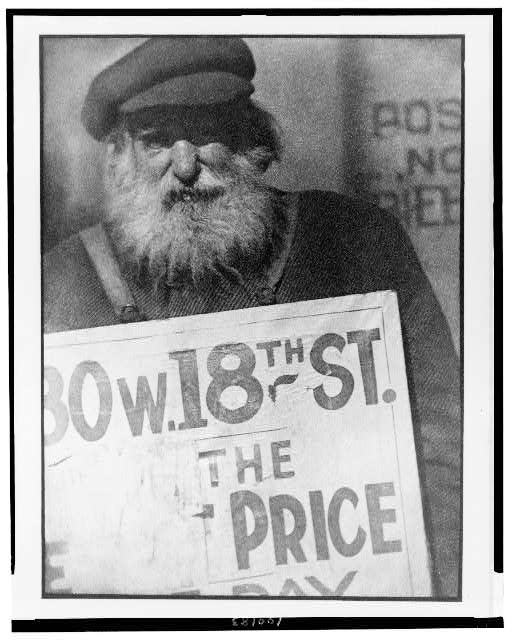 NYPR Archives & Preservation
NYPR Archives & Preservation
Paul Strand on WNYC's Art In New York
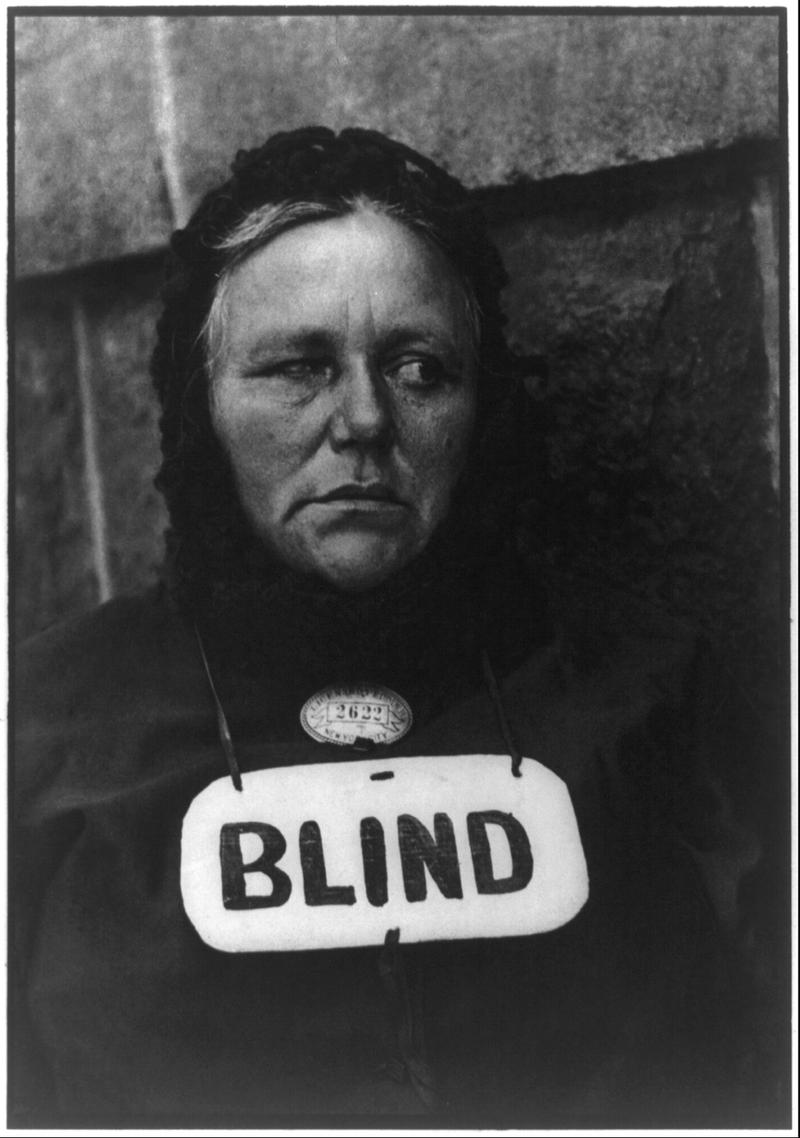
On April 25, 1945 Frank Kleinholz, host of the WNYC program Art in New York, interviewed the photographer and filmmaker Paul Strand (1890-1976). Unfortunately, the broadcast recording has not survived. However, a transcript of it was originally published in the ACA Gallery's newsletter American Contemporary Art of May/June 1945, from which the following is taken.
____________________________________________
KLEINHOLZ: I have no way of knowing how many of my listeners have visited the Museum of Modern Art at 11 W. 53rd St. For the first time in its history the Museum is sponsoring a retrospective exhibition of the work of a living photographer—the work of Paul Strand, who is my guest today. If anyone ever entertained any doubts as to what an artist could do with the medium of photography I urge him to see the work of Paul Strand. Not only to see it but to make comparison with the work of other artists, all masters, that are on exhibit currently. I think that Paul Strand meets this severest test, that of having his work hang alongside that of a recognized master of painting," and he proves himself a great artist in his own field—photography. Just a little while ago Paul Strand said to me, "There is no art per se but there are artists." Paul, I am going to ask you to elaborate on it.
STRAND: I mean simply this—for thousands of years people have used sounds to make music—marble and bronze to make sculpture—paint and canvas to make paintings. These are the means of art—not art itself! A work of art resulted when someone used these materials to say something about the world in which he lived, something he wished to communicate to others. And he must do it with intensity, selectivity, creatively—with original vision. But I want to get back to my idea. Not much more than a hundred years ago, all the graphic arts were created by the human hand. The development of science and the need for some process of making many pictures from one created photography. Almost immediately this new medium of the camera was seized upon by artists, such an artist, for example, as David Octavius Hill, who used it as a new art form. There is no magic in materials but in what artists do with them.
KLEINHOLZ: Paul, having a retrospective exhibit covering your work from 1915 to 1945 is an important occasion. Wouldn't you like to reminisce a bit and tell us just how you began your career as a photographer.
STRAND: My father gave me a Brownie camera when I was 12.
KLEINHOLZ: As simple as that!
STRAND: NO, there is more to it than that. I'm a New Yorker, you know—born here. I was a student at the Ethical Culture School around 1904, and it was my good fortune to have as an instructor a man named Lewis Hine. He took me to "291."
KLEINHOLZ: "291"? That was Alfred Stieglitz' Gallery at 291 Fifth Avenue.
STRAND: Yes, that gallery was a revelation to me. I saw an exhibition of photographs there which convinced me that in photography one could produce works of art if there was an artist behind the camera. I decided to become a photographer.
KLEINHOLZ: And when did you become a photographer?
STRAND: It took me nine years to do this, Frank, for I soon found that there were no easy roads to becoming an artist. There were the techniques, chemicals, papers and camera to control. Just as a writer has to learn to write or a sculptor to model clay and cut stone. And beyond that there was the job of finding out what I wanted to say . . . about the world around me— what was important, what was unimportant to me. In short, a point of view and the ability to put it into a photograph.
KLEINHOLZ: Paul, your exhibition convinced me that although the intellectual, formal, and emotional are always in your work, it is predominantly concerned with life and never loses itself in just one facet. What artists did you look to for guidance in your, shall I say, formative years?
STRAND: Stieglitz, Clarence White, Steichen, D. O. Hill, and others, but I learned most from Stieglitz—from his work and from his friendship.
KLEINHOLZ: And what was that?
STRAND: That photography is not a short cut to painting but is a medium of expression in its own right— and that its possibilities are unlimited. The other thing was really helpful and constructive criticism. Also at "291" during that time I was further stimulated by seeing the works of the modern Masters of painting, Picasso, Matisse, John Marin, and others.
KLEINHOLZ: Didn't Stieglitz give you your first one-man show in New York?
STRAND: Yes. In the same little gallery to which I had been taken by Lewis Hine 9 years before.
KLEINHOLZ: Those photographs of New York City which you did in 1915, thirty years ago, are still among the finest comments ever made about our City. I was happy to see these photographs in your exhibition.
STRAND: I want to add, too, that in everything I photograph, people on the streets, buildings, freighters at the dock, I try to find the essential theme, to use the elements of form, line and texture to emphasize what one might call the life of whatever I am photographing.
KLEINHOLZ: That is well illustrated in your photographs of Mexico, Vermont, New Mexico, and Maine. You have caught the essential characteristic of each locality with great human insight expressed in color and design. Another thing that impressed me was that no photograph is larger than 11x14 inches, and many of the 4 x 5's possess the monumental quality of the small paintings of Degas.
STRAND: YOU mentioned the word color—I don't want our audience to think these photographs are in color.
KLEINHOLZ: I used the word color intentionally. One thinks of black and white in relation to photography, but in the range from black to white you achieve a scale of tone and color that I have rarely seen in photography—warm blacks, cold blacks, deep violent tone, etc., to white.
STRAND: I work very hard for this variety, Frank, and particularly for blacks that have dimension in them. There must be space in a picture.
KLEIHOLZ: Paul, back in 1921 you pioneered in documentary films with a motion picture short called Manahatta —is that correct?
STRAND: Yes—I collaborated with Charles Sheeler, famous American painter and photographer. We made a film about New York—a kind of day in New York. This was in the old silent days, and we went to Walt Whitman for our titles. The film ran for a week at the Capitol Theatre which was then one of the newest and largest of the motion picture palaces.
KLEINHOLZ: You were also commissioned by the Mexican Government to do a film for them, weren't you?
STRAND: I was. The well-known Mexican composer and conductor Carlos Chavez, then Chief of the Department of Fine Arts, invited me to make the film. It was a feature film of a small Mexican fishing village which was widely shown in Mexico and America under the title of The Wave. Sylvester Revueltas wrote the musical score, and in my opinion one of the most beautiful scores ever written for a film.
KLEINHOLZ: You've done other film work, haven't you?
STRAND: Yes. I did some of the photography in Pare Lorentz' Plow that Broke the Plains. Later I was president of a non-profit, independent film organization called Frontier Films. We were among the first to make films which warned against Japanese aggression in China—China Strikes Back was the title of that film. The brutal attack of German and Italian fascism in Spain against the Spanish Republic gave birth to two films—Heart of Spain and Return to Life. And the last production of Frontier Films was Native Land. It showed the need of eternal vigilance in defending democratic liberties in our country.
KLEINHOLZ: It's just about ten days since the death of President Roosevelt. You knew both President Roosevelt and Mrs. Roosevelt; in fact visited the White House about three months ago. Could you tell us something about that meeting?
STRAND: I only spent an hour in the White House and that with 250 other professionals who had worked for the re-election of the President and many of whom are now active in the Independent Citizens Committee of the Arts, Sciences and Professions. But it was one of the most memorable hours in my life. I felt myself to be in the presence of two people who were not only great Americans but whose interests reached out to include every phase of American life. They realized the importance of the arts and culture as an essential tool of democracy, as part of world democracy.
KLEINHOLZ: Paul, we've touched on a very broad aspect of art and democracy and by so doing we've conveyed to our audience the scope of your work. At the beginning of our interview I thought I had given them a wrong slant —that form was your main consideration, rather than the fact that you are concerned with content as well as form.
STRAND: That's true. Form is the vessel into which you put content. I may add that art is a universal language —a universal means of communicating ideas and emotions to other people. If it isn't that it is nothing. We have at our disposal these languages of painting, music, camera, radio, and we should use these vehicles to spread closer understanding and sympathy between peoples. As a matter of fact, when we see an English documentary film or read a Chinese novel like Village in August or hear the music of a Russian composer like Shostakovitch, it is easy to realize that art is international speech that reflects the essential brotherhood of man.
KLEINHOLZ: And that, Paul, takes us right up to the historic San Francisco Conference that opened today and the part the artist can play in the world of tomorrow.
STRAND: Yes, indeed. If the artist is given the opportunity, which has not been given to him up to this time he can play a vital role in cementing international unity. If, for instance, there could be an exchange of artists between the United Nations, each to bring back to his own country his sympathetic and keen understanding' of the others, how useful this would be in helping all the peoples of the world to really know each other.
KLEINHOLZ: And that is our most important task—to know each other.
______________________________________________
Special thanks to the MOMA Archives. See also: Paul Strand 1890-1976.
